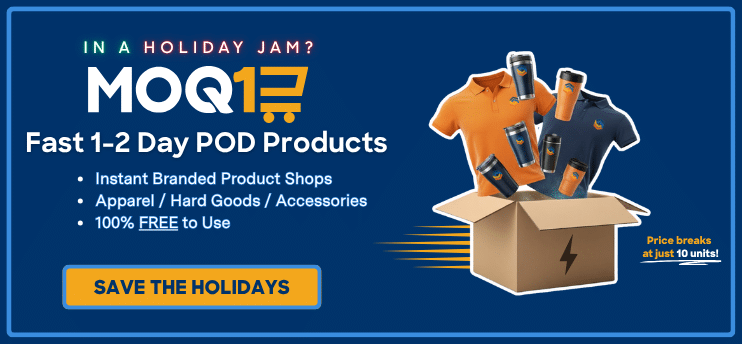“Lists and listicles got a bad rep during the Buzzfeed years. If there’s enough research behind it, a list can be an excellent way to convey interesting and important information.”
This is something my wife, Natalie Weiner, a journalist, said during a keynote session about using research to make readers invest their attention into unlikely topics. While those two sentences weren’t referring to PPAI 100, they certainly could have been.
PPAI 100 is, of course, a list. But from its initial conception, it was always intended to be more than that. The Association is meant to serve the promotional products industry and be the voice and force that advances the marketplace. Ranking companies, in and of itself, doesn’t advance the promo marketplace. Put together, those rankings need to inform the industry about itself, creating a roadmap for all members.
“There’s a trail,” says Josh Ellis, PPAI’s publisher and editor-in-chief, who has overseen PPAI 100 since its creation in 2022. “There are reasons that the strongest companies in our industry are so successful.”
In any given year, PPAI 100 aims to highlight those reasons. Over the course of many years, the Association hopes that it will tell a story of the evolution of what industry success looks like.
So, whatever you might think about lists, try to consider PPAI 100 as more of a tool. It’s not always about who is better. It’s about what matters for our industry and the companies that are not only embodying that but helping determine it.

Josh Ellis
Publisher & Editor-in-Chief, PPAI
‘It Can’t Be A Vanity List’
The genesis of PPAI 100 goes back to PPAI’s former president and CEO, Dale Denham. The organization’s research department had been almost entirely scaled back during the early days of the pandemic. As it started to be reestablished going into 2022, Denham saw an opportunity for a new project that could help make research a hallmark of PPAI once again.
“He wanted PPAI to be the most trusted list of industry revenue, but that’s not a new list in the industry,” says Ellis.
Denham, Ellis and others considered the possibilities. Lists, by their very nature, might garner a certain degree of attention, which means that debuting one must be done with intention and thoughtfulness, or else not done at all. In other words, what are you trying to accomplish?
“It can’t be a vanity list,” says Dawn Olds, who was the chair of the PPAI Board of Directors at the time. “It had to be substantial. It had to be objective.”
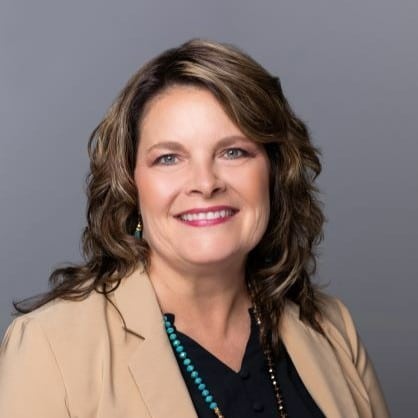
Dawn Olds
Former Chair, PPAI Board of Directors
At that point, PPAI had recently put a lot of effort toward narrowing in on big-picture tenets that were in the best interests of the industry to keep top of mind. Each was a core idea that PPAI would champion, but the member companies would eventually define each one.
These ideas helped set the criteria for what would become PPAI 100, or as Olds put it, “What else drives success beyond revenue?”
“What we aimed to do was create a list that was more meaningful and in alignment with the strategic goals of PPAI,” Ellis says. “Things like responsibility, digital transformation and getting your employees educated and certified. This is what goes into making a holistically great company.”
These have become the criteria for PPAI 100:
- Revenue
- Growth
- Industry Faith
- Professional Development
- Responsibility
- Employee Happiness
- Online Prescence
- Innovation
These things aren’t universally defined; they can mean different things in execution. Ultimately, the companies define them. PPAI 100 tells that story though its list of distributors and suppliers.
‘The Worst Thing You Can Do Is Stay Still’
The promo industry and the Association have existed for over a century. Of course, the terms “digital transformation” and “responsibility” haven’t been around since those early days. They represent ways promo has evolved, and both are signs of a healthy industry. That’s why they each play a part in determining PPAI 100’s rankings.
On one hand, responsible ecological practices may be necessary for the long-term viability of promo, as it aims to distance itself from the “brandfill” accusations of potential consumers. On the other hand, it’s also a key indicator of company success. That alone is enough for it to factor into PPAI 100.
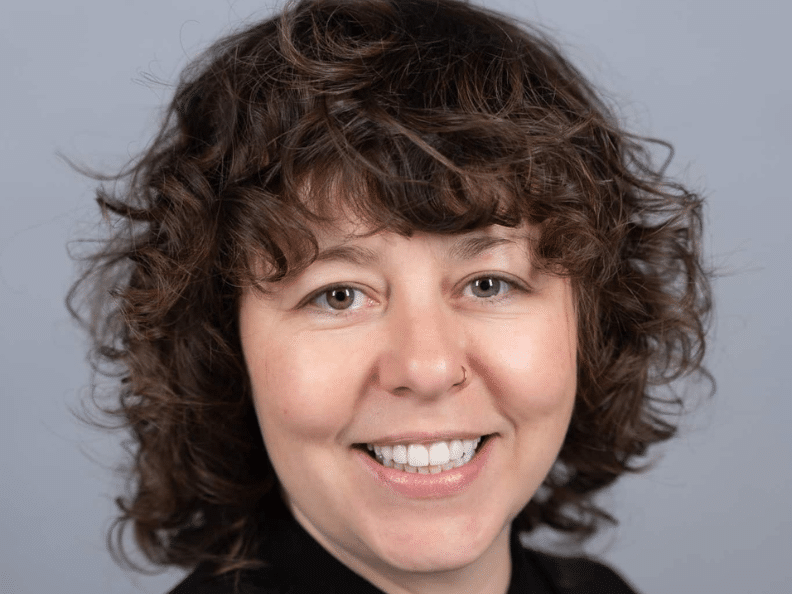
Elizabeth Wimbush
Director of Sustainability & Responsibility, PPAI
“There’s a very strong business case to being a sustainable company,” says Elizabeth Wimbush, PPAI’s director of sustainability and responsibility. “A lot of what you’re doing in your supply chain investigating and material investigating is you’re finding processes that can be more efficient. And there’s cost saving in efficiencies.”
Companies like PCNA and Gemline have been ahead of the curve, blazing trails in sustainability in years past. To receive a PPAI 100 Responsibility high mark was simply a matter of course for them.
If you ask Wimbush, the companies with those high marks are not just getting accolades for their most recent year, they’re showing the rest of the industry what they must prepare for.
“How companies position themselves – in promo or not – with sustainability or responsibility is really about future proofing,” Wimbush says.
Of course, the future has never looked more digital than it does today. And tomorrow? Well, we can only venture to guess. But PPAI 100 recognizes the companies helping the industry embrace that future with high marks in Digital Transformation.
“Digital transformation is a journey that you choose to embark on and a refusal to accept the status quo,” says Jeison Ortega, chief technology officer at Charles River Apparel. “When things are going well, you have to be of the mindset that they could be better.”

Jeison Ortega
Chief Technology Officer, Charles River Apparel
That can take so many forms. One innovation can influence another, and on and on. That makes it one of PPAI 100’s most exciting high marks. The industry isn’t going to sit still, and digital transformation is one of the primary reasons PPAI 100 will keep evolving.
“The worst thing you can do is stay still,” Ortega says.
‘He Wanted It To Be A Growth Business’
At a certain point, the little things stop becoming little things when you add them up. Industry Faith, for example, makes a difference in the health of this business. For the supply chain to be strong, both suppliers and distributors must have trust in a partner’s ability to meet their obligations.
Danny Rosin, president of Brand Fuel and incoming PPAI Chair, says that at one point his firm’s average payment time was 42 days. An enterprising member of the accounting team figured out an efficiency that turned that number into 18 days, a significant difference. Now, the distributor has “Accounting Day” events that Rosin likens to a music festival but for numbers.
Similar to Rosin’s willingness to give all the credit to his employee for Brand Fuel’s payment time improvement, most promo leaders know they owe their success to their employees and that future success is dependent on giving them the tools they need to make an impact. That’s why Professional Development is also a factor in PPAI 100 rankings.
“When you walk into your first day in this industry, you don’t know how the supply chain works,” says Jessica Gibbons-Rauch, PPAI’s professional development lead. “You don’t know what a multi-line rep is. Education is not an immediate profit-generating activity. This is our ability to invest in healthy companies.”

Jessica Gibbons-Rauch
Professional Development Lead, PPAI
PPAI 100 also favors happy employees. “If there’s something that needs to be shared up the line, our employees will do so, especially if they’ve been here a long time,” says Amanda Clay, president of Walker-Clay, on the Employee Happiness high mark. “We’re lucky that the majority of our staff has been here for a long time.”
These are all steps toward a healthy company, and healthy companies grow. Jeremy Lott, CEO of SanMar, which was named PPAI 100’s No. 1 supplier in the ranking’s first two years, knows something about Growth.
When asked how SanMar got so large, Lott often responds that it took 55 years. No corners were cut since his father, Marty, founded it in 1971.
“He wanted to be a growth business, so we as a family made the decision that we would reinvest the vast majority of what the company made into growing the business every year,” Lott says.
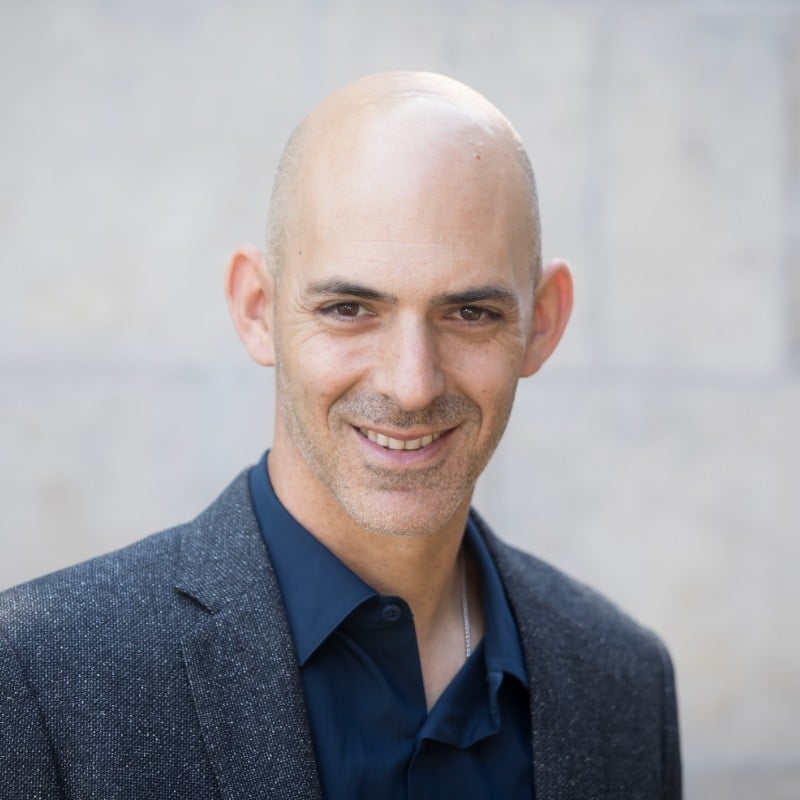
Jeremy Lott
CEO, SanMar
‘A Rigorous, Multi-Step Evaluation Process’
All of these things and more go into becoming a PPAI 100 company.
“We use a rigorous, multi-step evaluation process,” says Alok Bhat, market economist, research and public affairs lead at PPAI. “The companies on this list are not chosen randomly. We focus on data accuracy. We collect and verify information from multiple sources, including self-reported data, third- party certification and independent research.”
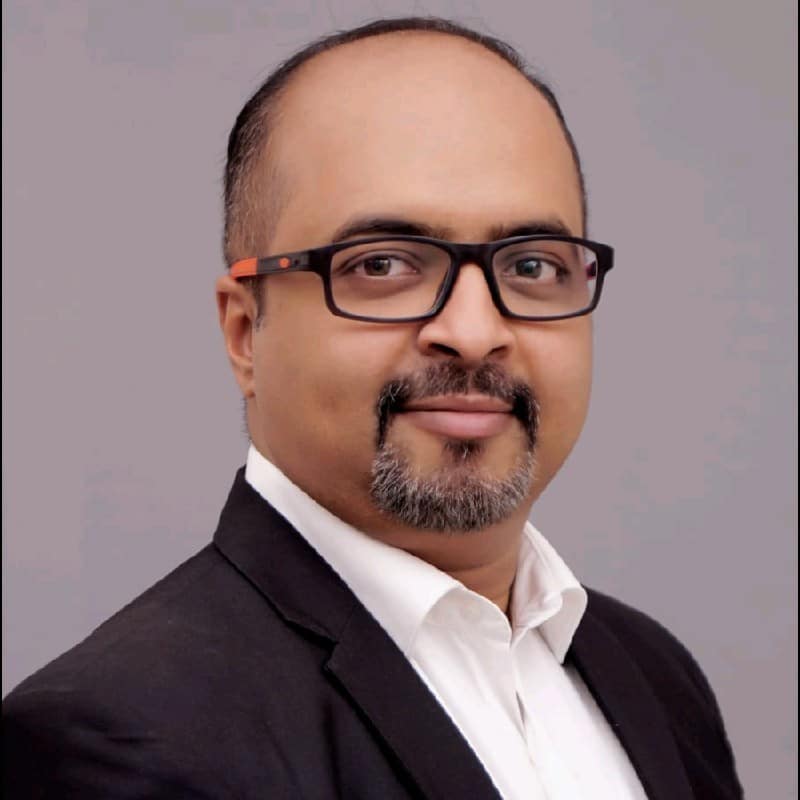
Alok Bhat
Market Economist, Research & Public Affairs Lead, PPAI
Make no mistake, revenue is still the most important factor, weighed more heavily in the process than the other categories. But to make the list, a company has to have made strides that PPAI hopes will encourage them to grow in a balanced way.
From its first year to its second, the size of the list doubled – from 50 distributors and 50 suppliers to 100 of each. Of course, there are far more than 100 distributors and 100 suppliers in promo. PPAI 100’s evaluation process collects information on more companies than make the final list. Throughout the year, that data is used to recognize non-PPAI 100 firms for the high marks they deserve in certain categories.
“One of my favorite parts of PPAI 100 is the benchmarking studies that come out afterward on key categories of Growth, Responsibility and Innovation,” says Ellis. “You can see what your competitors in the same size or segment are doing in terms of these key areas and see how you stack up.”
That is to say that PPAI 100 does more than celebrate the industry’s heights. It aims to raise its floor – and the list and its criteria will continue to evolve.
“PPAI 100 is definitely a member benefit,” says Olds. “It’s a benefit whether you’re on the list or not.”
Voice & Force, PPAI’s podcast feed, debuted a limited series titled “Leading PPAI 100” that spotlights companies setting the standard in business excellence, sustainability, innovation and more. Through compelling interviews, expert insights and behind-the-scenes stories, “Leading PPAI 100” explores the trends, innovations and leadership strategies shaping the future of the branded merch industry.
Visit PPAI.org/podcasts or find Voice & Force via Apple, Spotify or wherever you listen.
Auping is the senior news editor at PPAI.


